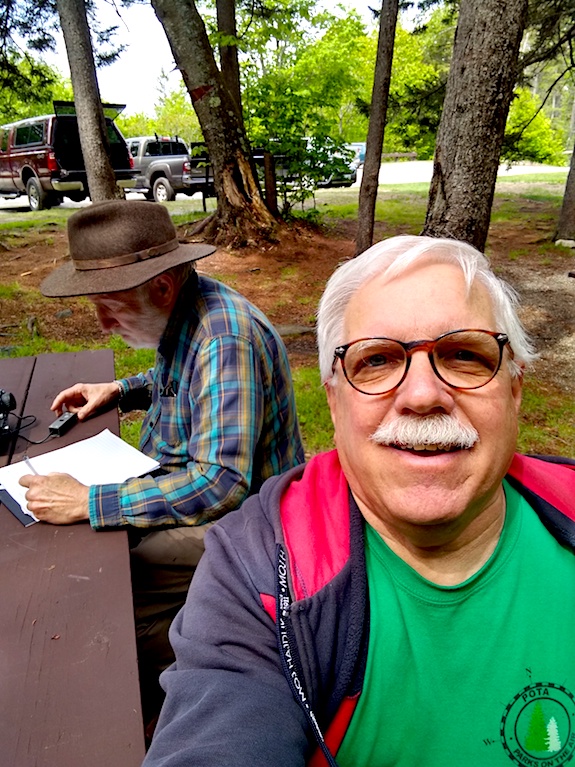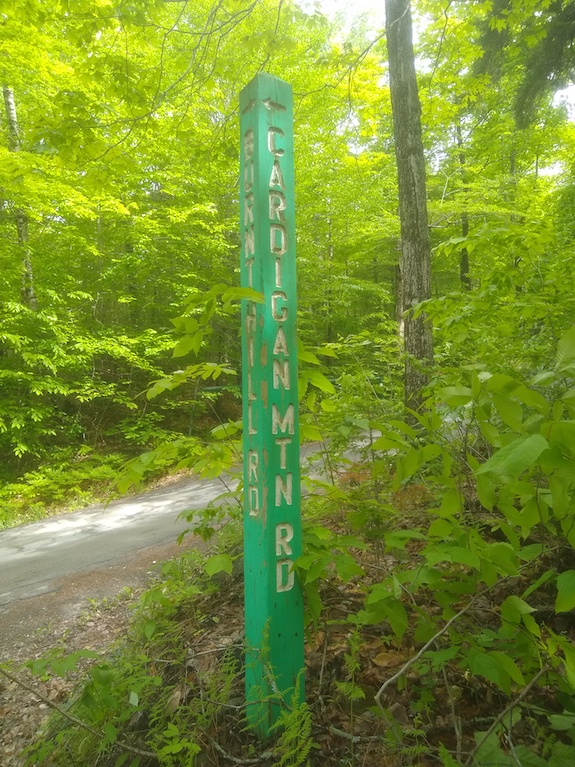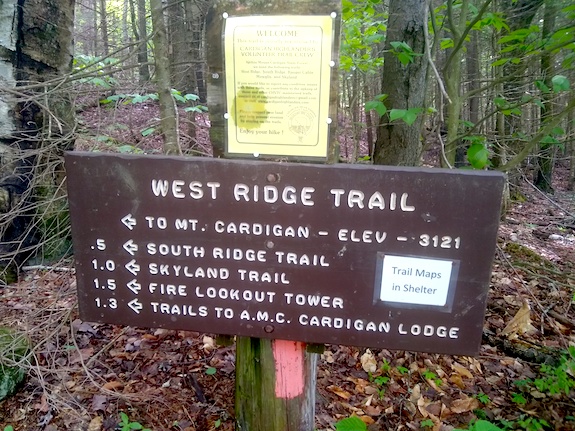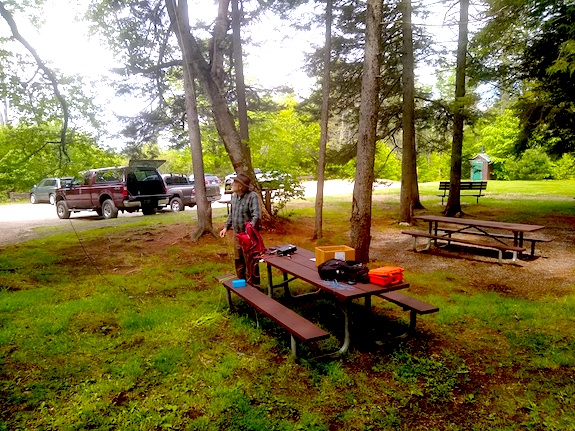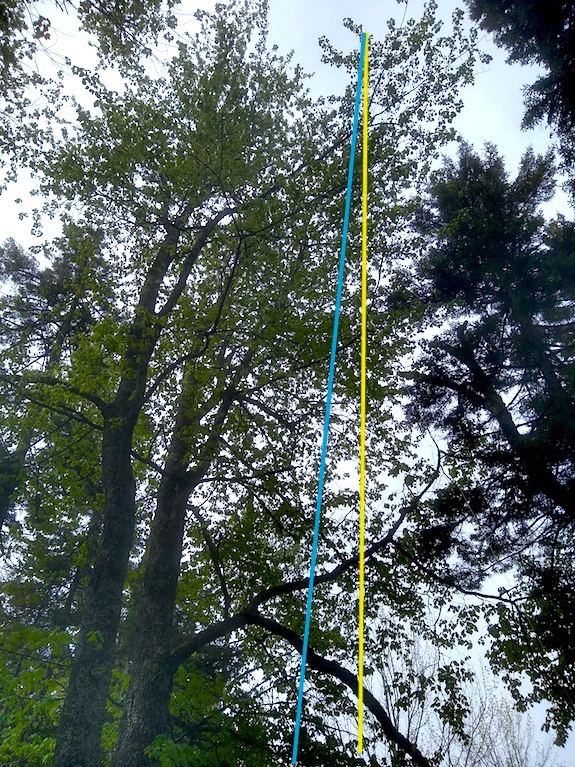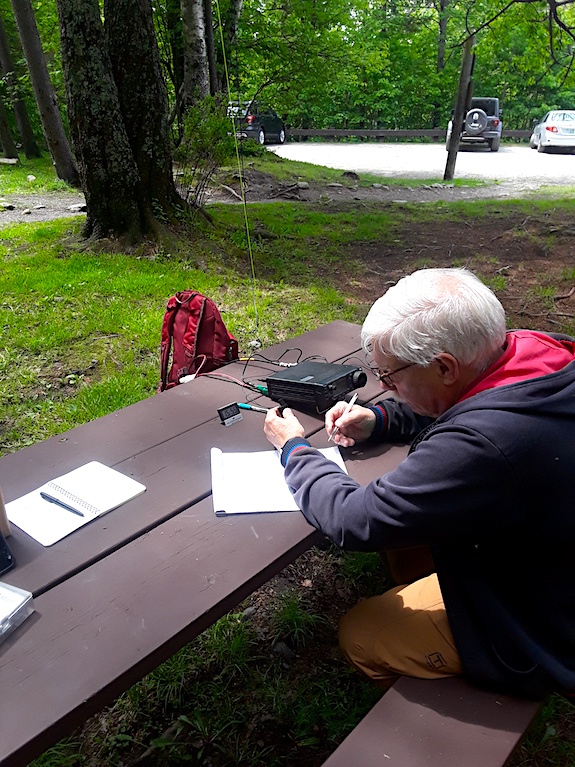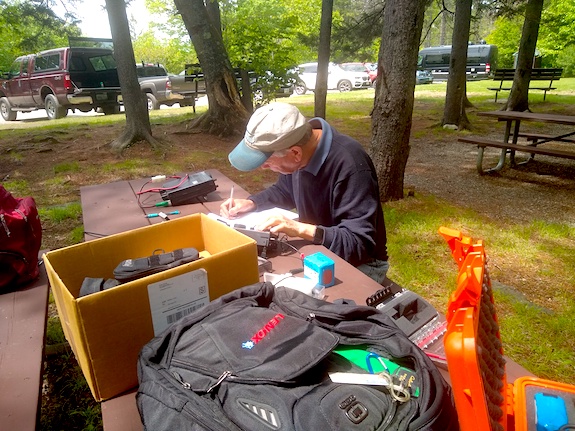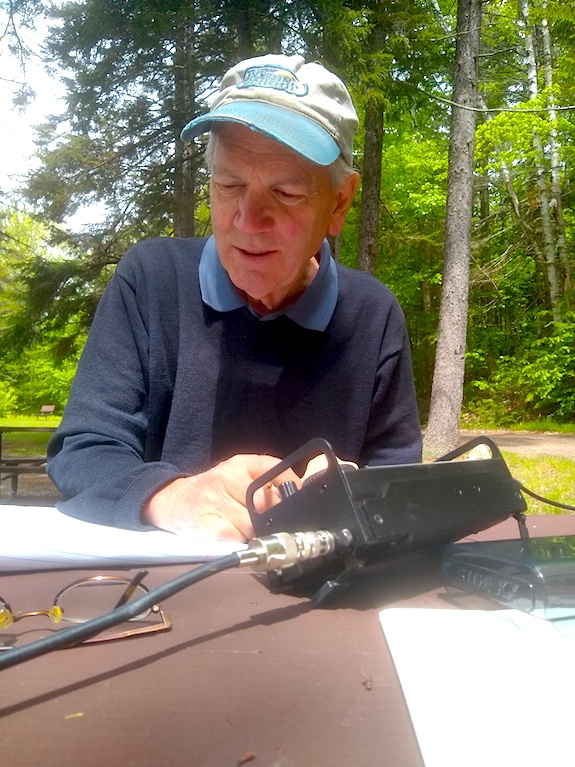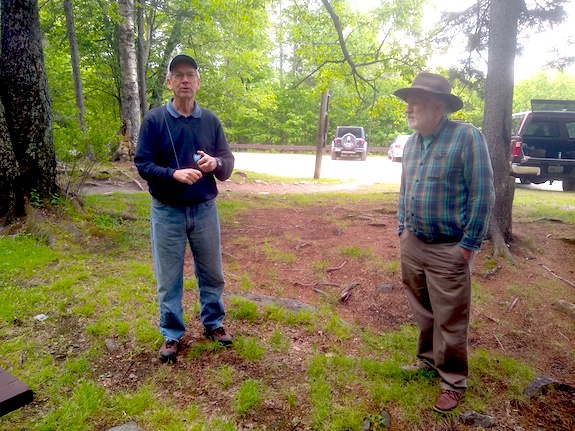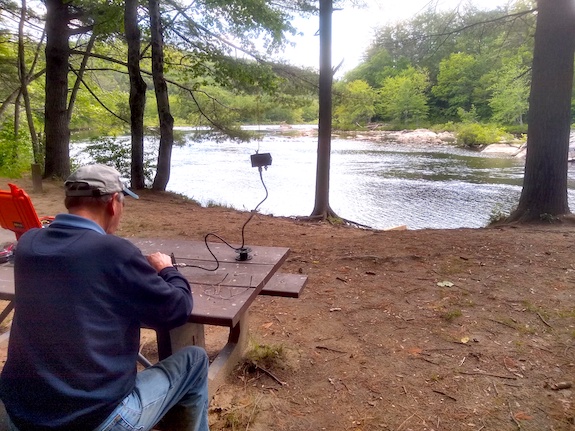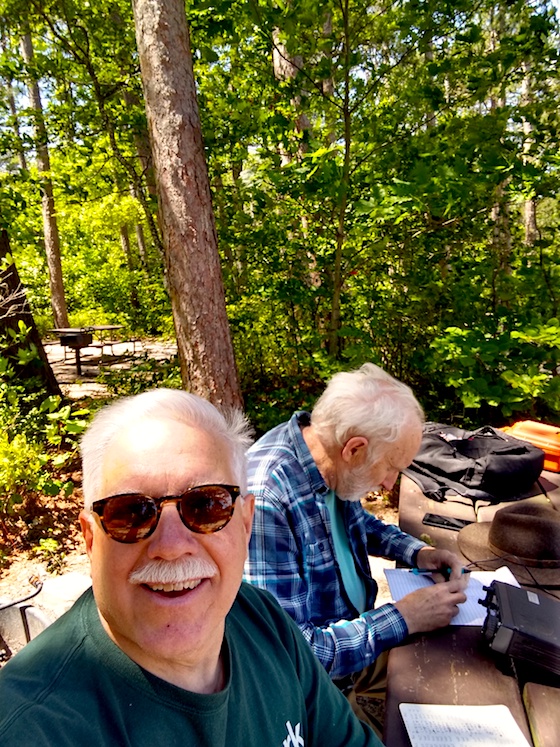
I’m in the sunglasses and Dave Benson, K1SWL, is busy untangling a slew of radio operators eager to contact us at this never-before-activated POTA and WW-FF location. Just 24 hours before, I got a haircut.
The word for the day was windy! Don’t believe me? Watch this short video.
Dave Benson, K1SWL, and I decided to do a Parks on the Air and World Wide Flora and Fauna radio activation yesterday from the beach at Wellington State Park. The designators are: K-2682 and KFF-2682 respectively.
This is a gem of a park on the southwest shoreline of Newfound Lake in central New Hampshire. Newfound is reputed to have the cleanest water of any lake in New Hampshire. The water temperature at the ranger check-in booth said it was 70 F. Dave and I felt that was a stretch and the rangers might want to recalibrate their thermometer.
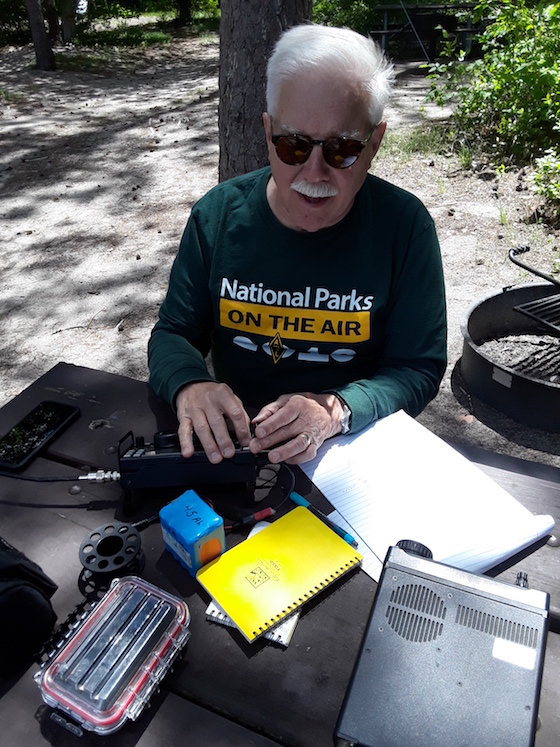
Here I am trying to get a few extra contacts on 40 meters. You can see the wind doing a number on my hair. The 40-meter band was dead as a doornail. After a few minutes of calling CQ, we packed up and went to get two fish sandwiches!
It’s important to realize this park had never before been activated. The radio operators at home want new parks and you can almost always count on lots of activity for these all-time-new-ones (ATNO) as they’re affectionately known.
I took control of the radio at first at 11 AM, 1500Z, because the past few times Dave has initiated the action. We’ve decided to take turns because you don’t know if the sun is going to tickle the atmosphere so we can hear other operators and they can hear us.
We started out on 20 meters at 14.045. Keep in mind there are European operators wanting to contact us. Late morning on the East Coast in the USA means it’s late afternoon over in Europe so it’s always a good idea to start out on 20 meters before the band settles down overseas.
For each of us to get credit for activating the park, we each needed ten contacts. Things started out slow and it took me seventeen minutes to accumulate one more than was needed for me to activate
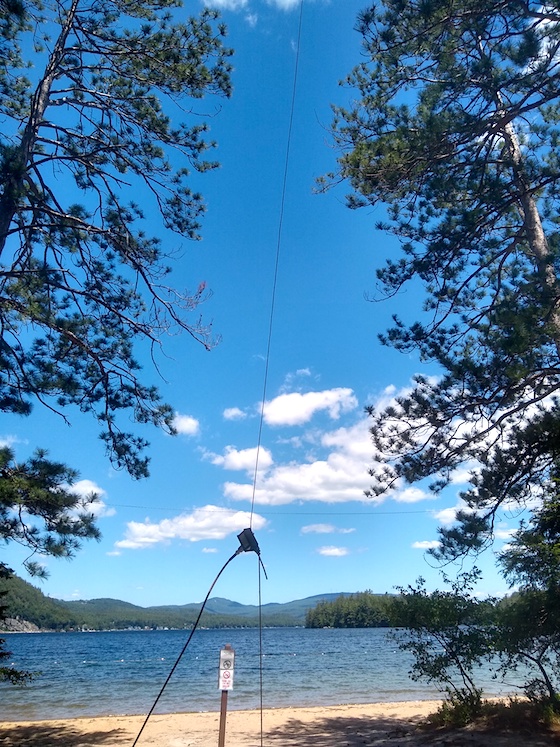
This is the bottom of Dave’s end-fed 20-meter antenna. That box contains magic components that tame the high impedance of the wire. Without the magic box, the radio would create small amounts of blue smoke. Blue smoke is bad.
Once I got to eleven, I said, “Dave, you take over. I want to make sure you get activation credit for this park.”
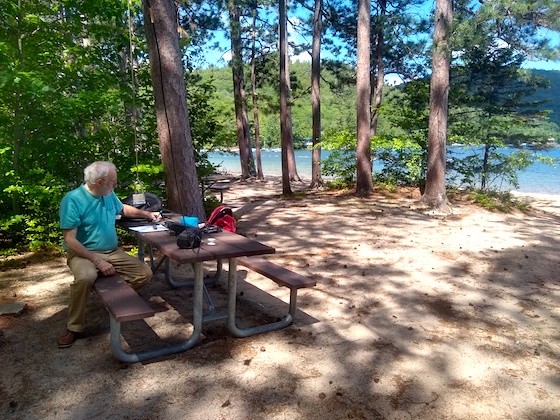
Here’s Dave early in the activation before the wind picked up. Note he’s just in a t-shirt.
After yielding control of the radio to Dave, I texted my very good friends Wayne Reetz, KA1CPR, and Jess Guaderrama, W6LEN. I asked them to spot us even though I was certain the POTA skimmer had already done so.
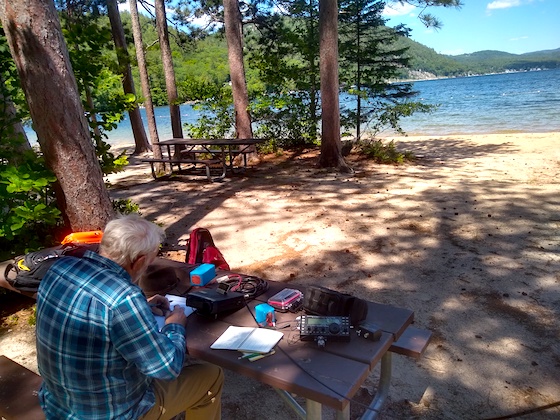
You can see that Dave added a warm flannel shirt as being in the shade with the cold wind blowing made t-shirts not such a good idea!
Moments later all hell broke loose and a scad of operators descended upon us like a plague of locusts. It’s exhilarating to pull out callsigns when everyone is clamoring to be heard at the same time.
Dave filled his log with 31 contacts in 32 minutes. That’s my goal – one contact per minute or so.
After Dave exhausted the demand and the frequency was quiet, I switched to 40 meters on my Elecraft KX3. I only contacted one operator. We decided it was time to eat so we packed up and got some grub.
These activations are fun, they’re exciting, and they really hone your listening skills especially if you want to train to do emergency comms in a hurricane!

